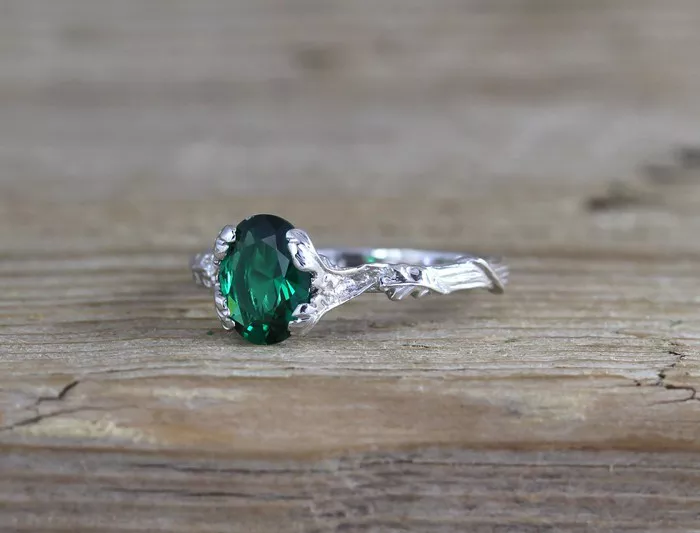A radical sustainability movement is redefining wedding jewelry in 2025 through the concept of “circular rings”—pieces designed from inception for multiple lifetimes of use rather than single-generation ownership. Spearheaded by environmental activists and forward-thinking jewelers, this approach eliminates waste at every stage, from mining alternatives to end-of-life recomposition. The most comprehensive example comes from Circular Jewels Co., whose patented Infinite band system creates rings that can be completely disassembled and reconfigured without material loss. Their titanium interlocking design allows stones to be replaced, bands resized, and styles updated through a network of partner jewelers—all while maintaining the original metal’s integrity.
The materials science behind these innovations is groundbreaking. Many zero-waste rings now use high-tech ceramics and recycled aerospace alloys that never degrade in quality despite multiple reworkings. London-based designer Elena Petrova has developed a self-healing polymer composite that can be “reset” with heat to erase scratches and restore like-new appearance. Perhaps most impressively, the new Phoenix collection by GreenGold features rings made entirely from reclaimed electronic waste gold, with each piece documenting exactly how many circuit boards contributed to its creation.
The business models supporting circular rings are equally innovative. Many companies now offer subscription-style ownership where customers pay for the right to use rather than own jewelry, exchanging pieces as their tastes or relationships evolve. Others provide lifetime redesign services included in the initial price—a recognition that few marriages remain unchanged over decades, so why should their symbols? This philosophy has given rise to “living legacy” programs where rings accumulate digital histories of their transformations, creating multi-generational stories.
Cultural resistance persists among traditionalists who value the permanence of conventional rings, but younger couples are embracing the flexibility. A 2024 survey by Sustainable Bridal Magazine found that 61% of engaged couples under 30 would consider a modular or upgradable ring versus a static traditional piece. Environmental impact statistics help drive adoption—a single circular design ring saves an estimated 15 tons of mining waste compared to conventional options.
Beyond materials, the movement is changing how we think about marital symbols themselves. If wedding rings can evolve to reflect a marriage’s changing nature rather than remaining frozen in time, what does that say about our modern understanding of commitment? As circular design principles gain mainstream traction throughout 2024, they’re challenging centuries-old jewelry traditions while offering solutions to very contemporary problems of sustainability and conscious consumption.


